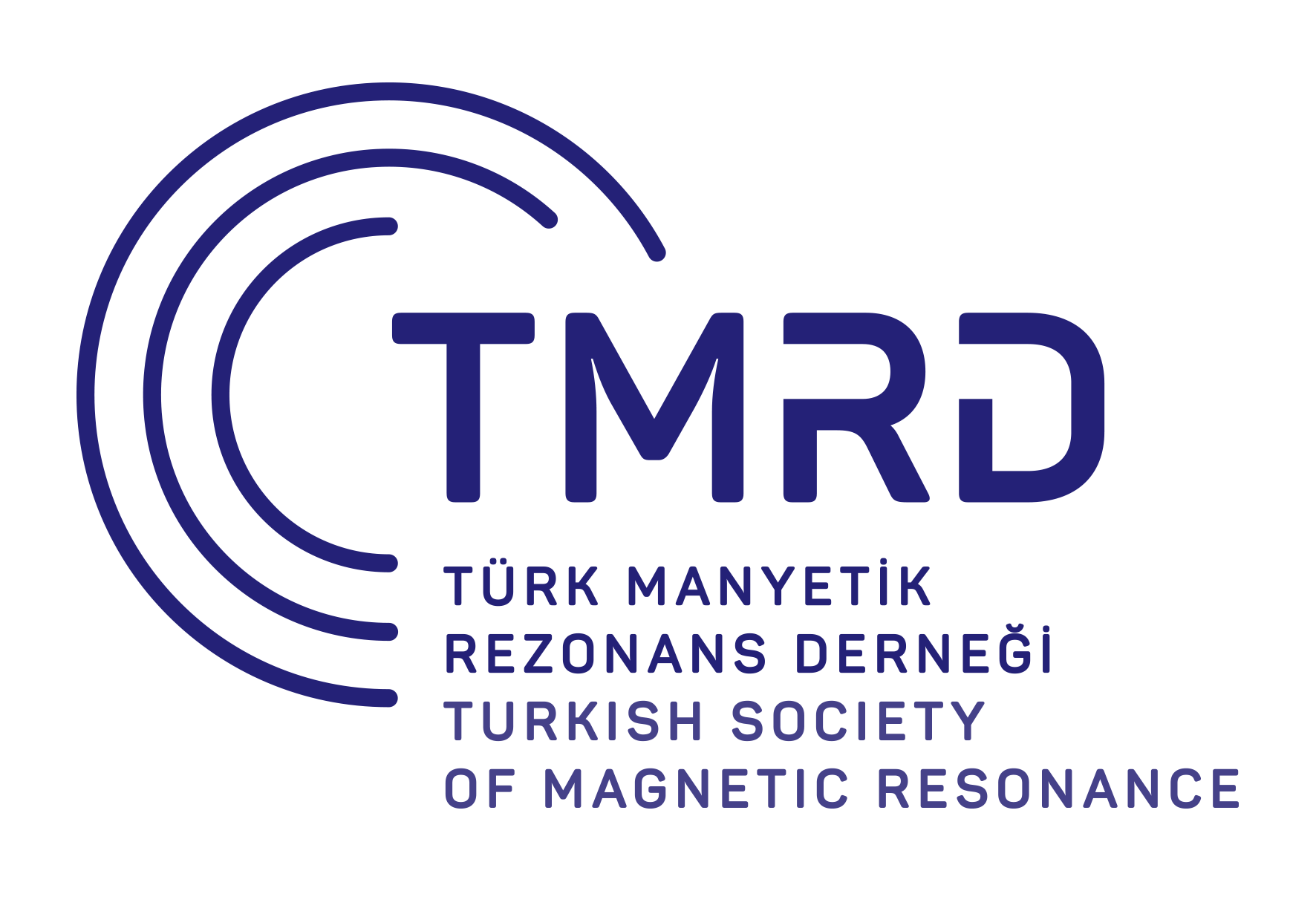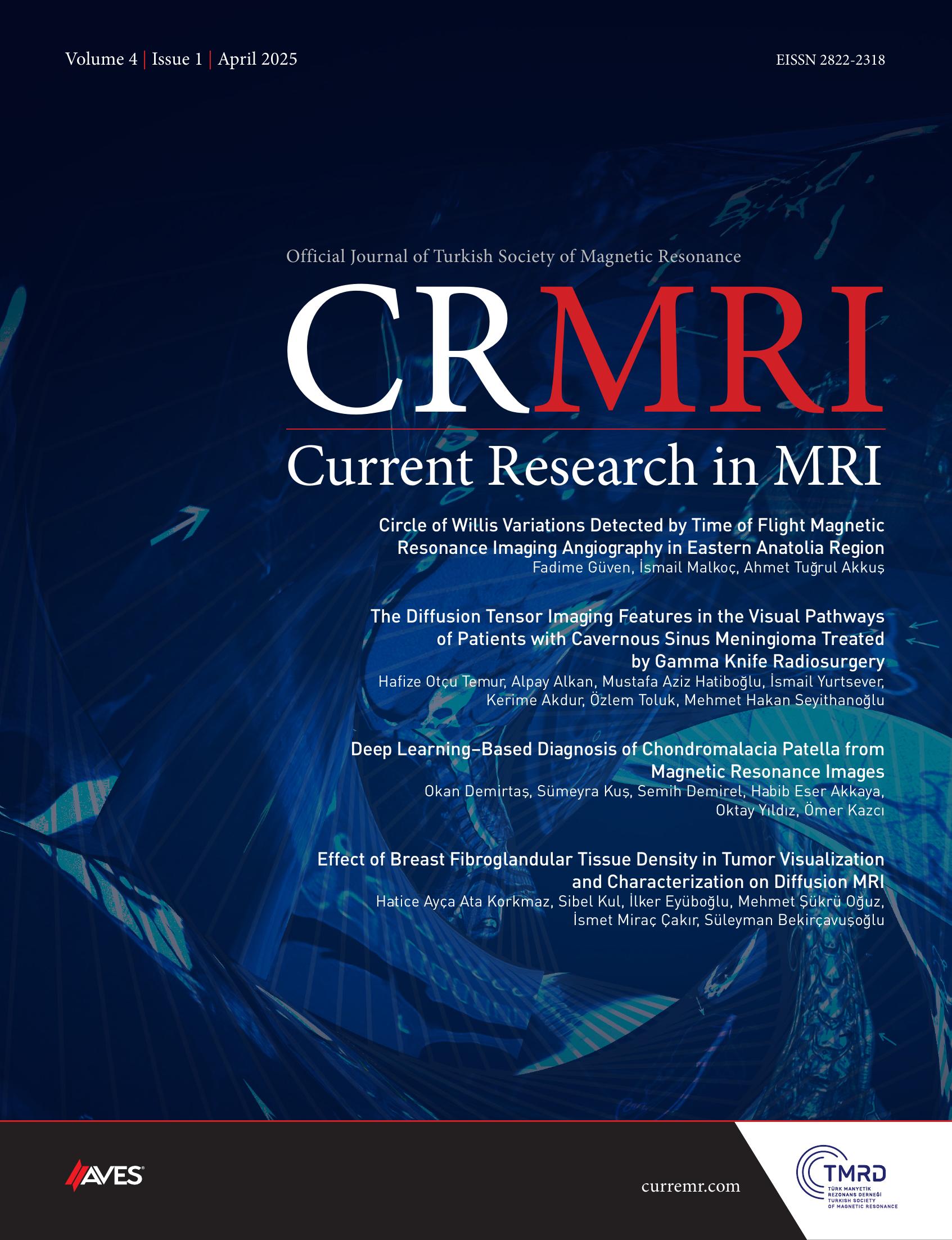Objective: This study aims to identify early and longitudinal microstructural changes in white matter tracts in patients with severe traumatic brain injury (TBI) using tract-based spatial statistics (TBSS) and fully automated tractographic methods.
Methods: Participants were 16 adult TBI patients with a Glasgow Coma Scale (GCS) score <7 and 16 age- and gender-matched healthy controls. Magnetic resonance imaging (MRI) scans were performed using a 3 Tesla scanner, following the high-angular resolution diffusion imaging (HARDI) protocol. Diffusion tensor imaging (DTI) parameters [fractional anisotropy (FA), mean diffusivity (MD), radial diffusivity (RD), and axial diffusivity (AD)] were calculated. TractSeg was used for automated segmentation of white matter tracts, including the arcuate fasciculus (AF), anterior thalamic radiation (ATR), corpus callosum, cingulum, corticospinal tract (CST), superior longitudinal fasciculus (SLF), and inferior longitudinal fasciculus (ILF). Statistical comparisons between groups and longitudinal analyses within the patient group were conducted using t-tests and Wilcoxon signed-rank tests, with significance thresholds adjusted for multiple comparisons.
Results: In the acute phase, TBSS revealed widespread decreases in FA and AD, and increases in MD and RD in several white matter tracts including the ATR, CST, cingulum, and corpus callosum. Tractography also showed decreased FA and increased RD and MD in several tracts. Longitudinal analysis indicated persistent decreases in FA and increases in RD over time, while tractography did not show significant longitudinal changes.
Conclusion: The study demonstrates significant early white matter damage in severe TBI patients, with continued microstructural changes observed longitudinally.
Cite this article as: Genç B, Aslan K, İncesu L. Early and persistent white matter damage in severe traumatic brain injury: a longitudinal diffusion tensor imaging analysis. Current Research in MRI, 2024;3(3):71-76.



.png)
